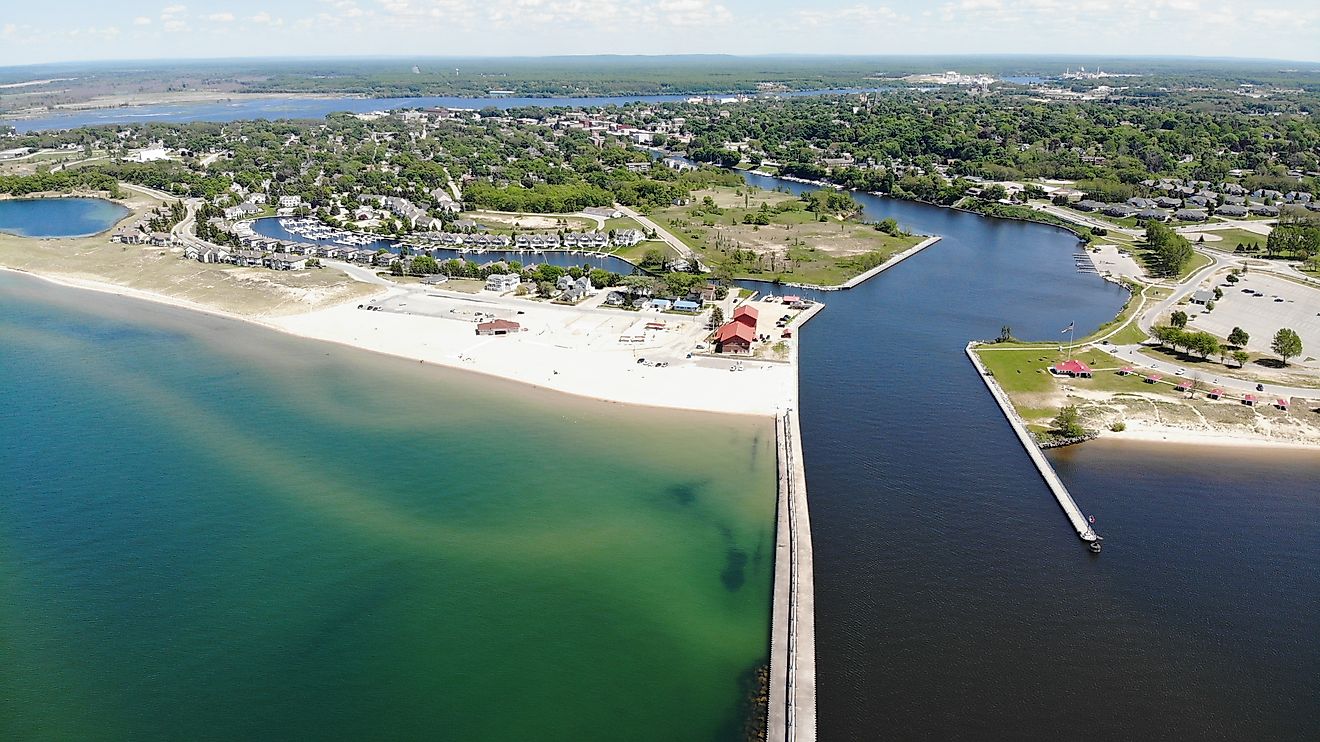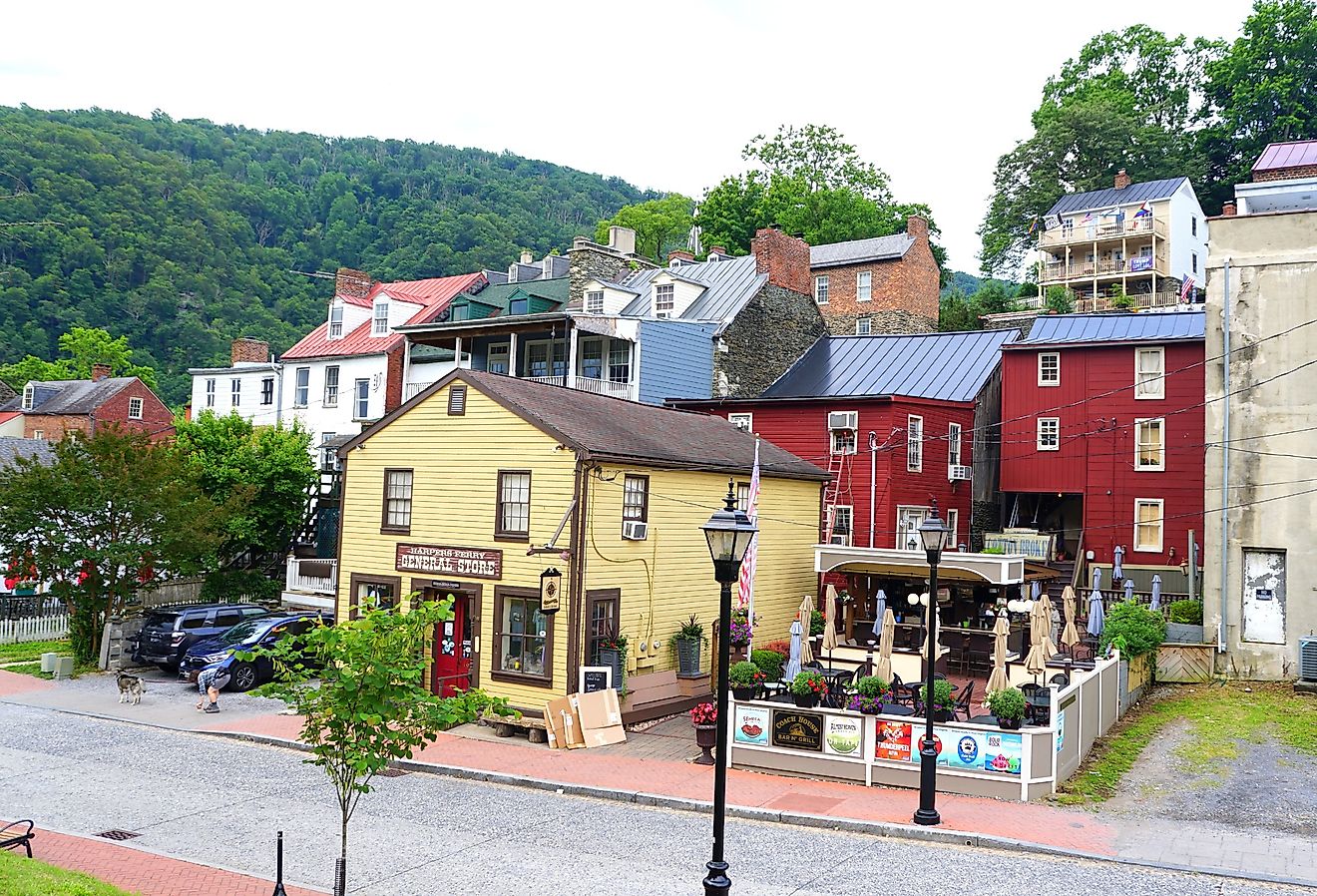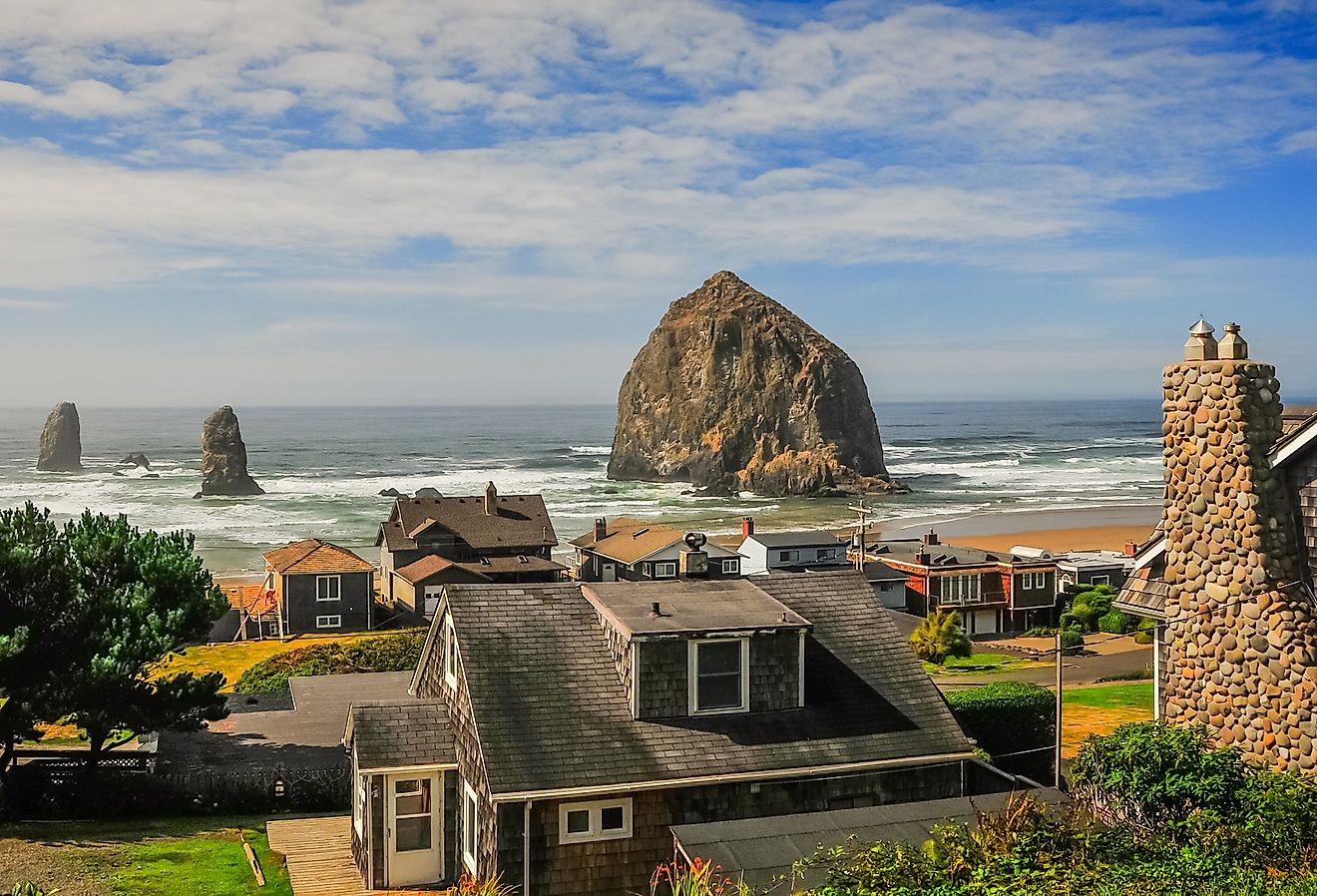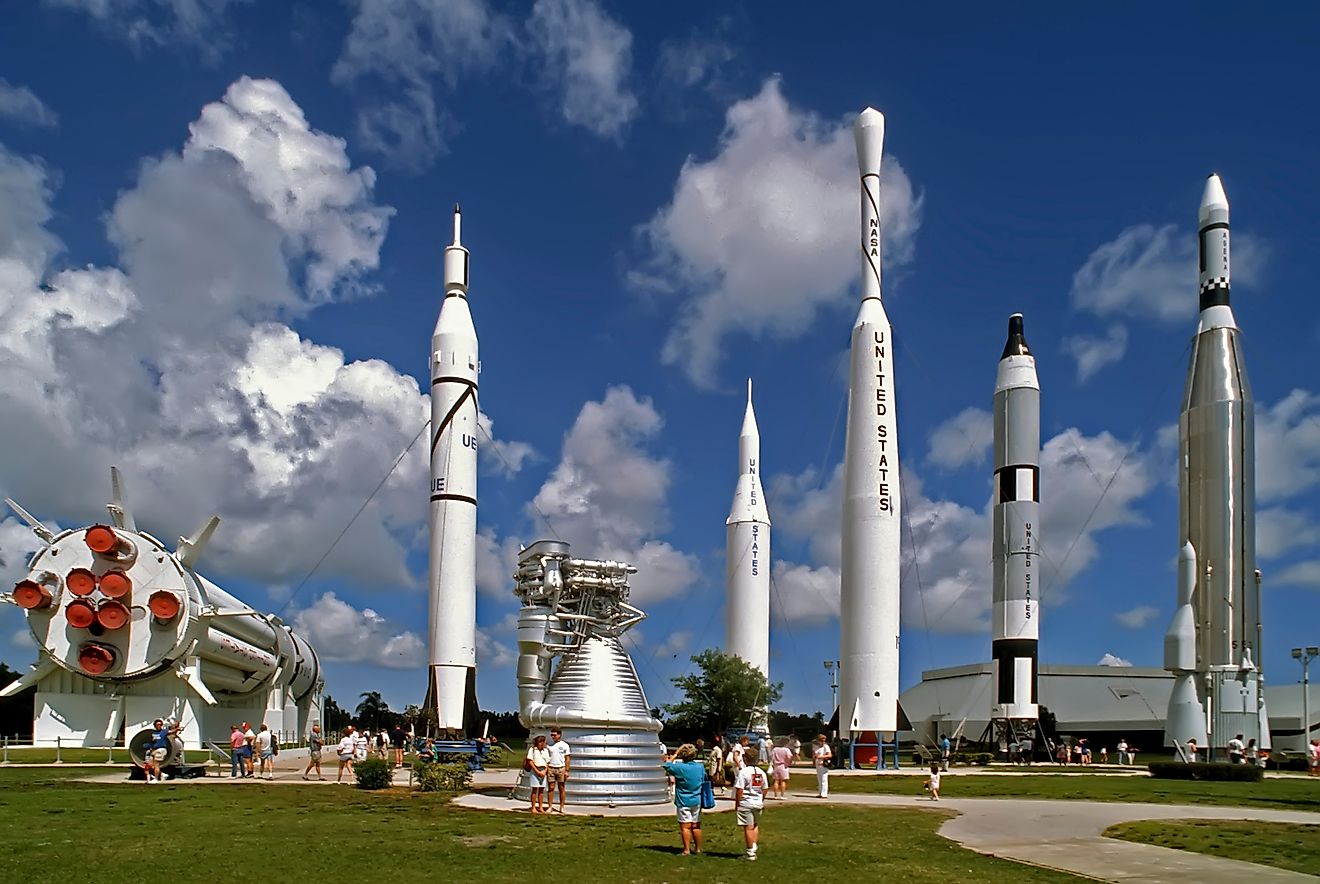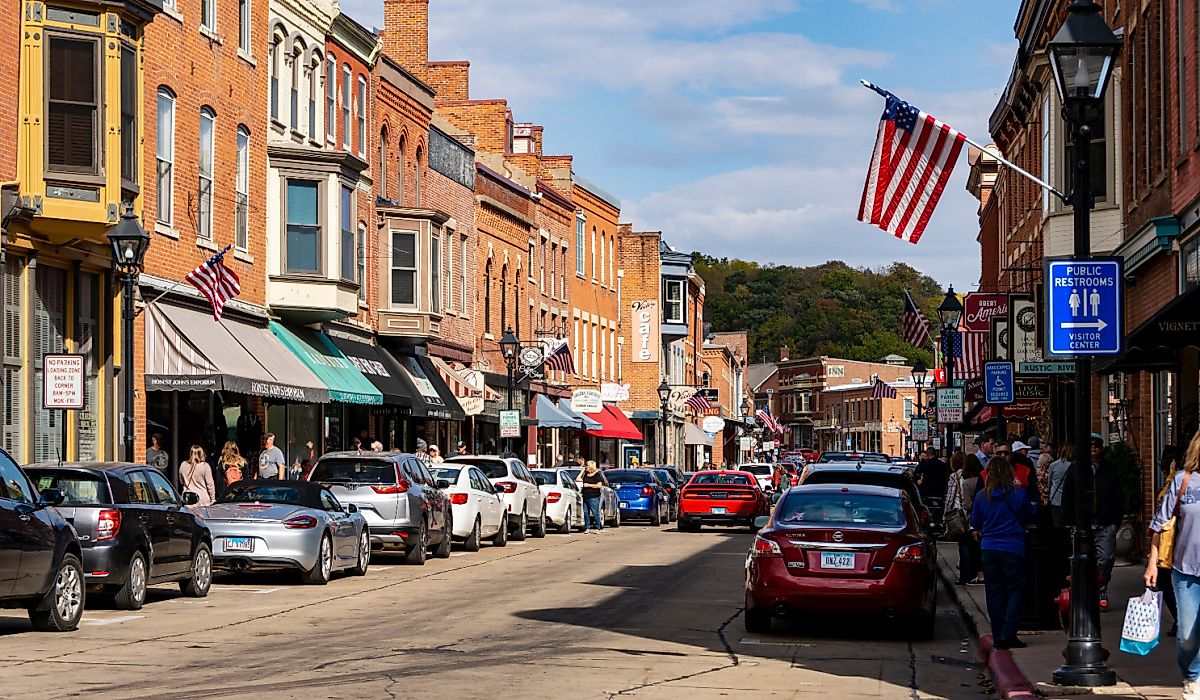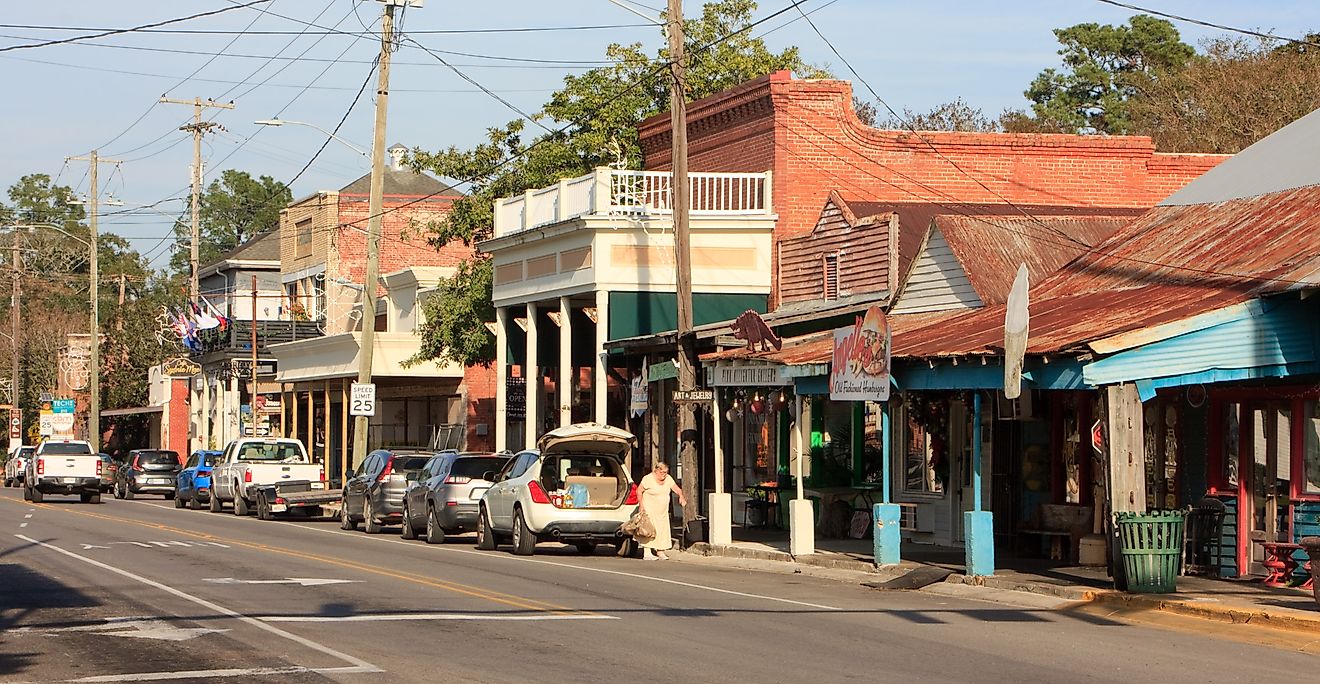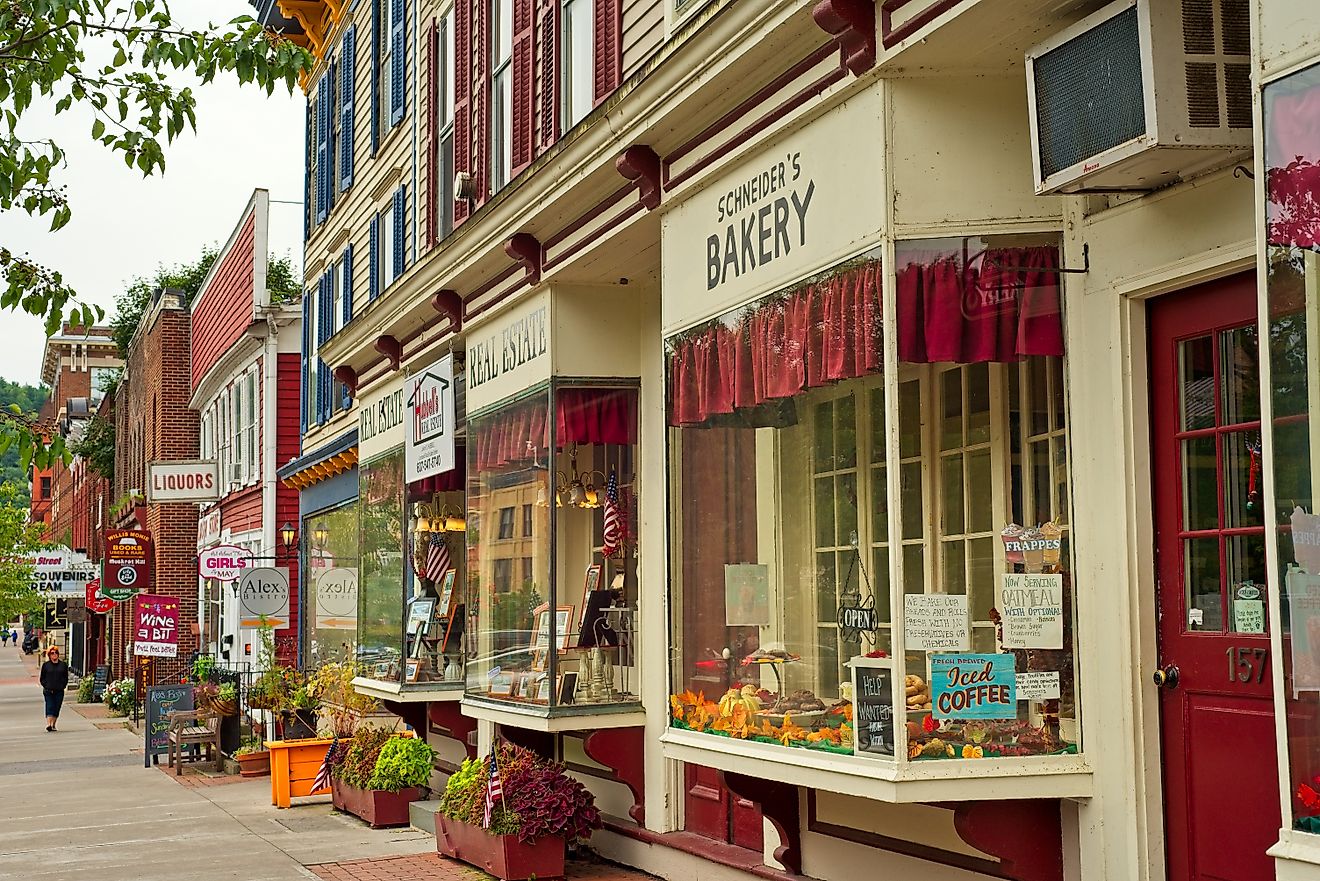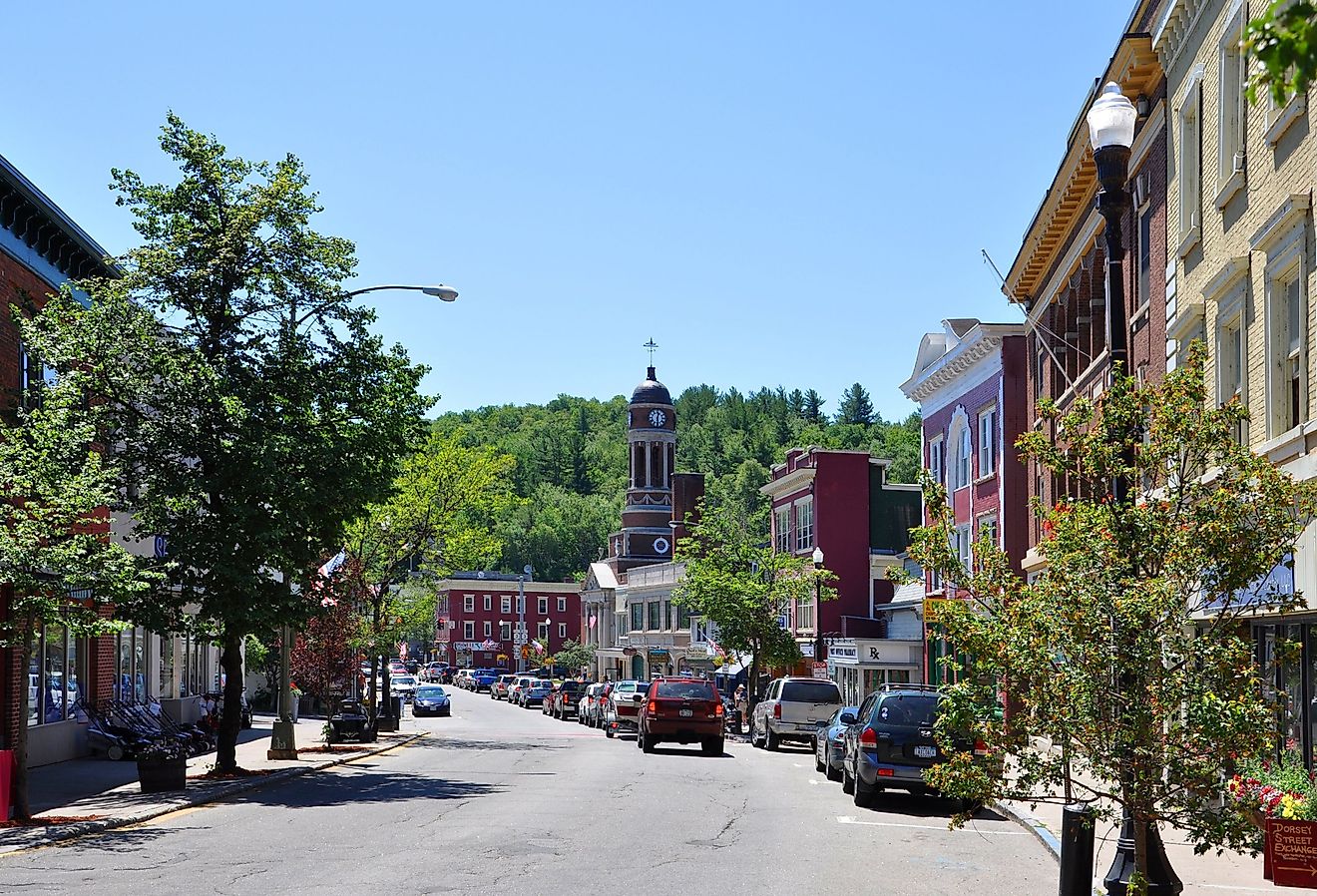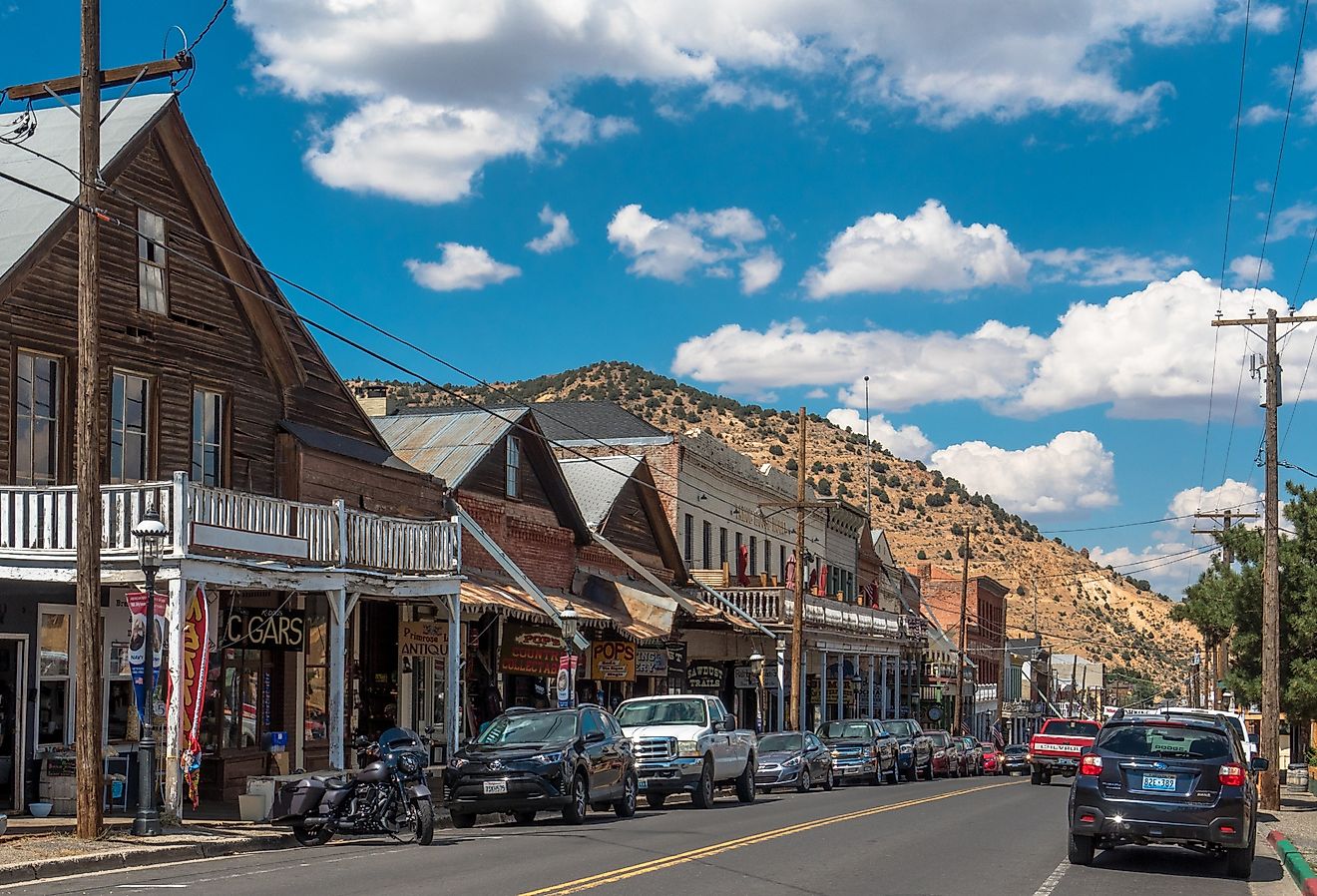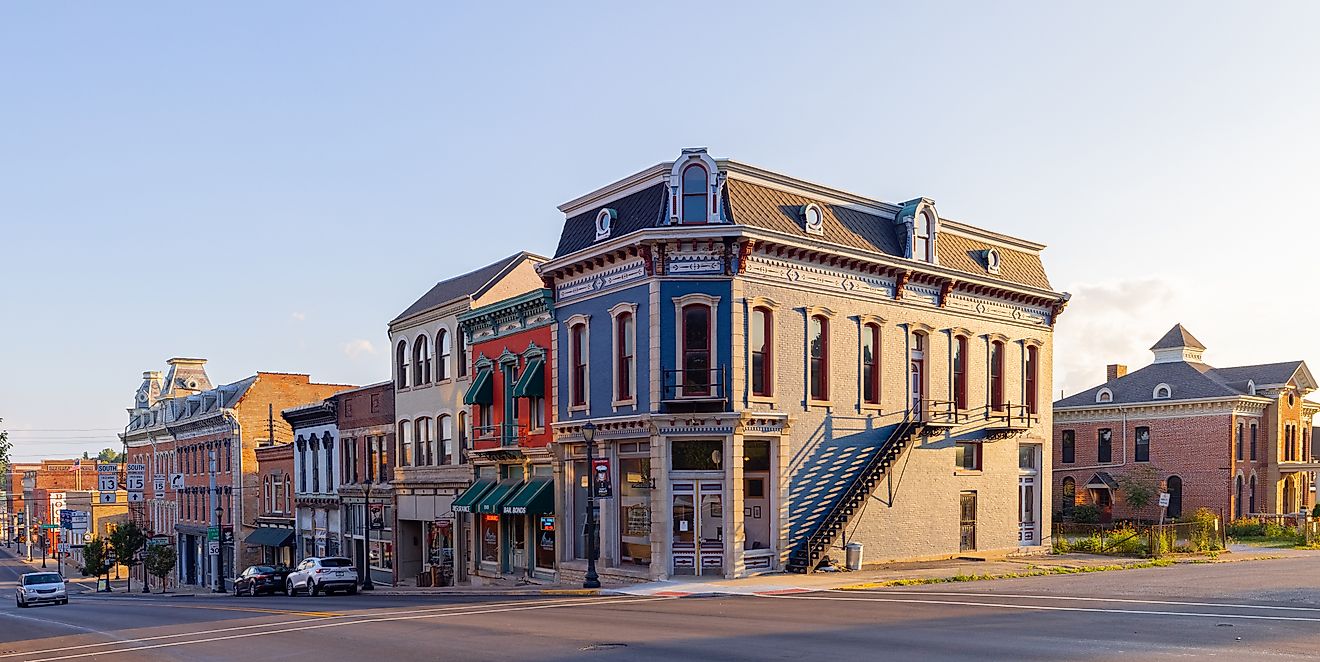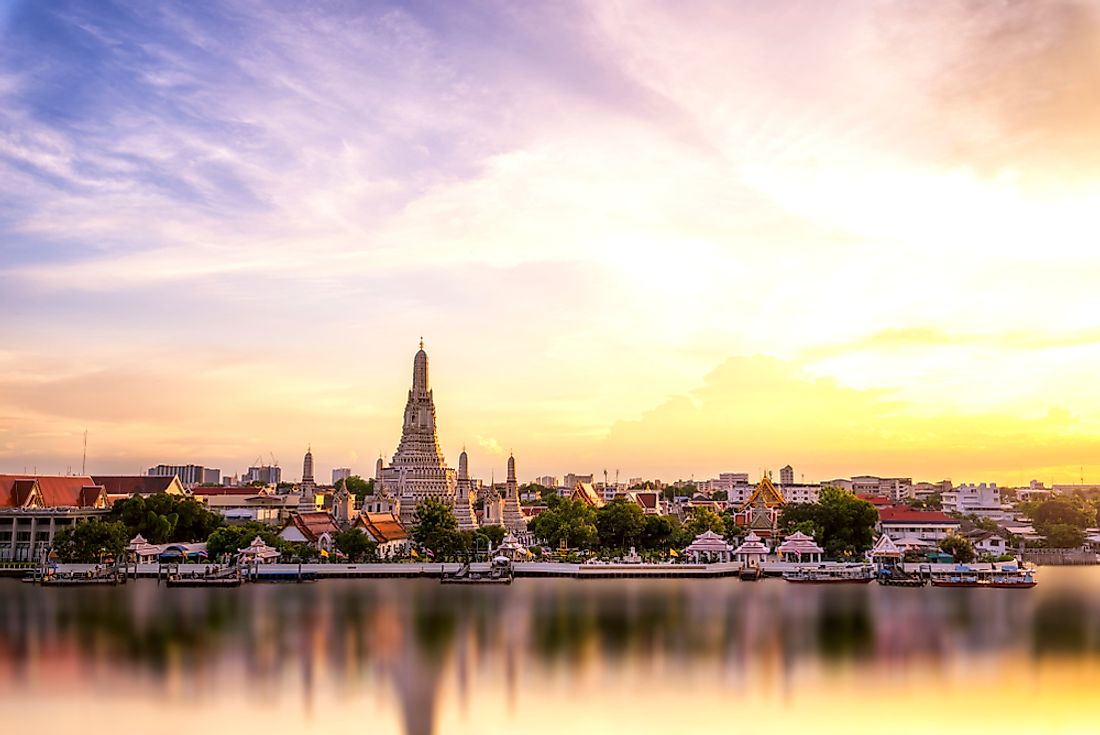
Which Country Was Formerly Known As Siam?
Siam is the former name of Thailand, a country located in Southeast Asia. The word Siam comes from a Sanskrit word meaning "dark brown," possibly referring to the Thai people's skin color. In 1350 CE, the seventh king of Thailand, Ramathibodhi I, established the capital in Ayutthaya. For centuries, Siam was ruled by kings who controlled all aspects of society. King Rama I moved the capital to the location of modern-day Bangkok in 1782, and Kings Rama II, III, IV, V, and VI succeeded him. In 1932, a group of military officers staged a coup and proclaimed themselves rulers of Thailand. The country was then renamed "Thailand" in 1939. Although many changes have occurred since then, Thailand retains many elements of its old culture and traditions.
How Siam Became Thailand
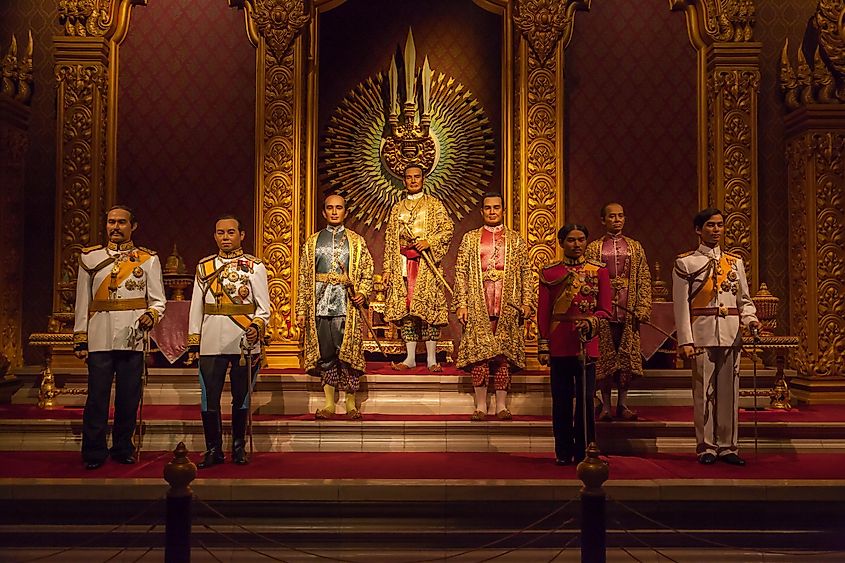
Siam was the official name of Thailand before 1939, which is when the country officially changed its name to Thailand. This decision came after a heavily contested struggle for control between two different powers. On one side was the Siamese monarchy that sought to establish absolute authority over its Southeast Asian territories. On the other were academic politicians who sought to seize control from the weakened monarch. After King Rama VI died, his brother Prajadhipok ruled, and the new political class installed him as the King under their administration's authority.
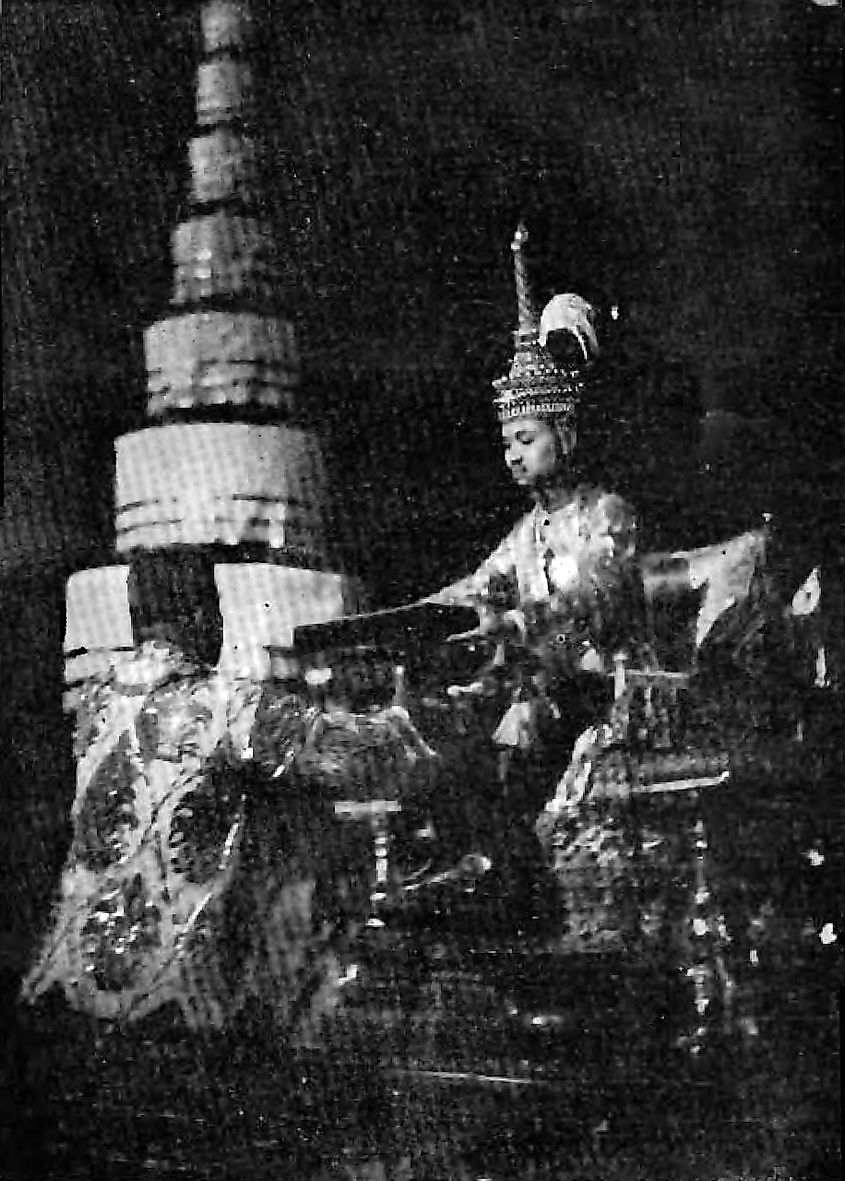
A significant change occurred in this non-violent coup; the absolute monarchy transformed into a constitutional monarchy. As part of this transition, Siam decided to rename itself as Thailand in order to symbolize a new era of independence and sovereignty. Thai, in the local language, means "free man." Furthermore, the name change is a manifestation of isolationist and nationalistic ideals concerned with establishing a state for the Thai ethnocracy. This dynamic period marked a significant turning point in Thai history that significantly shaped the course of modern Thai politics.
The History Of Thailand
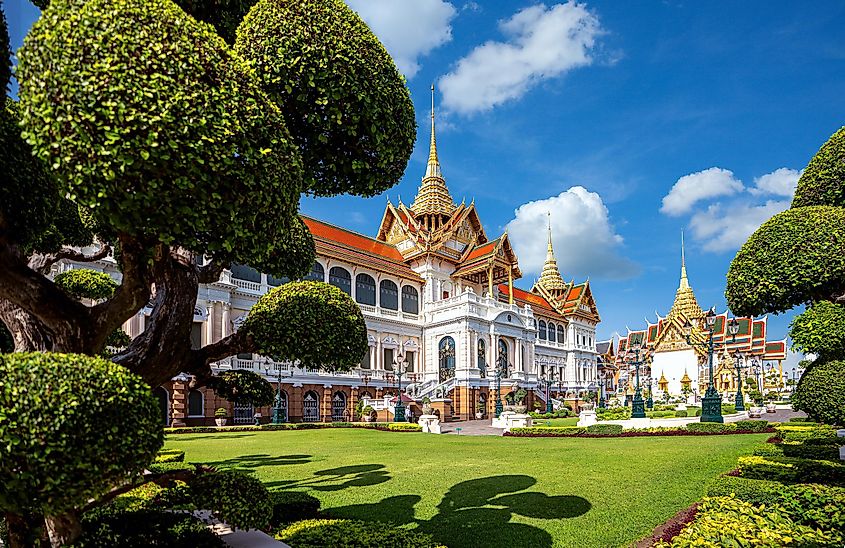
Thailand, formerly known as Siam, has a long and storied history intimately intertwined with Southeast Asia's cultural development. The region first appears in chronicles from Chinese works during the 3rd century BCE, when it was part of the powerful Indianized kingdom of Funan. After its absorption into the larger Khmer Empire, many Tai-Kadai-speaking people migrated further south into modern-day Thailand in various waves. This migration resulted in a change of power and culture in the region, which Indian kingdoms had previously dominated. Beginning in 1238 CE, Siam was under an absolute monarchy until the establishment of modern constitutional rule. During this period, the Kingdom of Siam recorded tremendous social, economic, and political advances that allowed for growth within its borders and diplomacy outside them. Today, Thailand remains one of the largest economies in Southeast Asia due to core principles focused on preserving its culture and national identity.
The Empire Of Siam
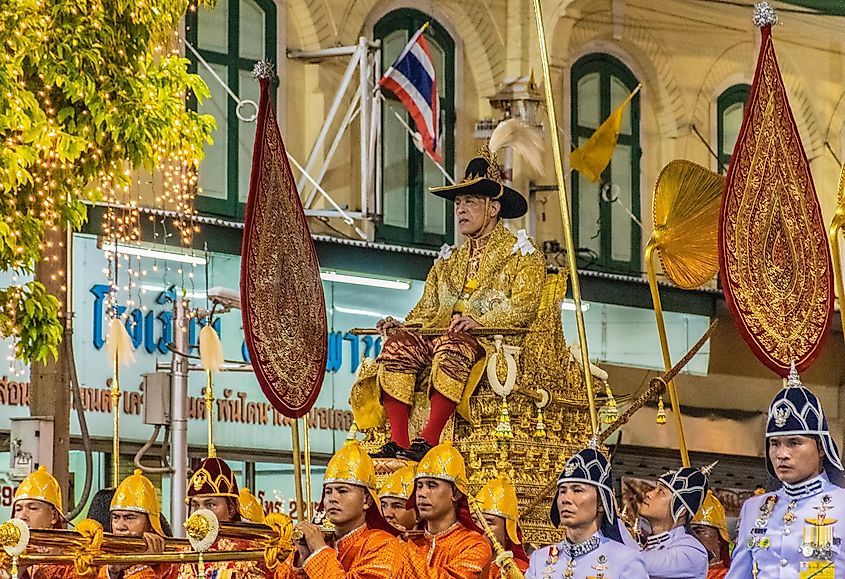
Before it transitioned into a constitutional monarchy, Siam was a powerful empire, stretching beyond its current borders to encompass much of Southeast Asia. As a maritime country bordered by multiple nations, it had substantial commercial and political ties with many of its neighbors. This power lingered until the encroachment of European colonizers, who sought to carve up their territories throughout the region. To protect their sovereignty, however, Siamese rulers successfully maintained control over their Kingdom's independence by brokering agreements with the intruding European powers. On one occasion, Siam's hard-won territorial gains over the Kedah Sultanate were reversed by the pressure of Britain's interests. Moreover, Siam consistently desired to isolate itself from the cultures and advances of the outside world, as urged by its conservative political class.
The Influence Of Britain
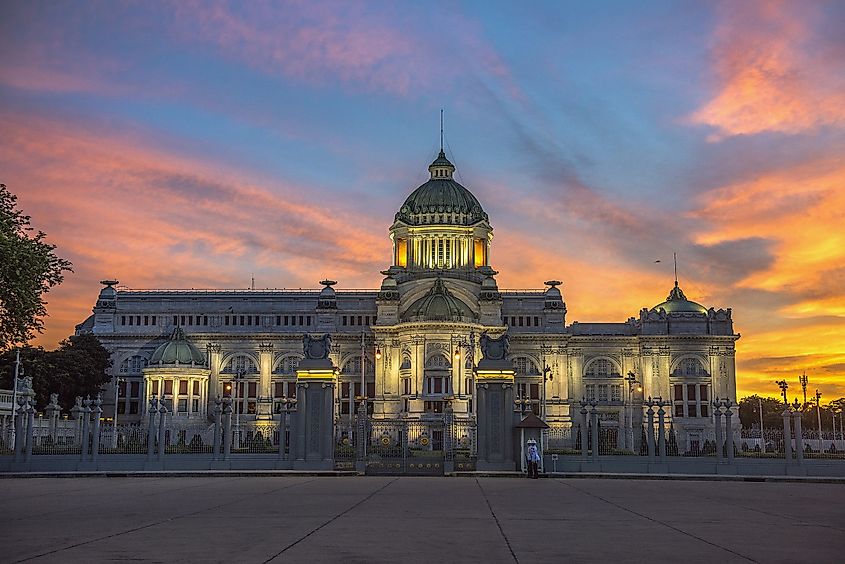
In the 19th century, Britain greatly influenced the Kingdom of Siam. This influence is particularly evident in the political and military developments that occurred in Siam throughout this period. During this time, the Kingdom attempted to integrate western models of government along with the modernization of Siamese armies by British military instructors. Trade flourished between Siam and Britain as they signed several trade agreements, considerably impacting both countries' economies. These advances in foreign policy meant that a British-style monarchy soon became a competing influence on traditional Siamese society. It is clear then that Britain was instrumental in helping to shape the slowly-evolving Kingdom of Siam.
Nationalism Over Innovation
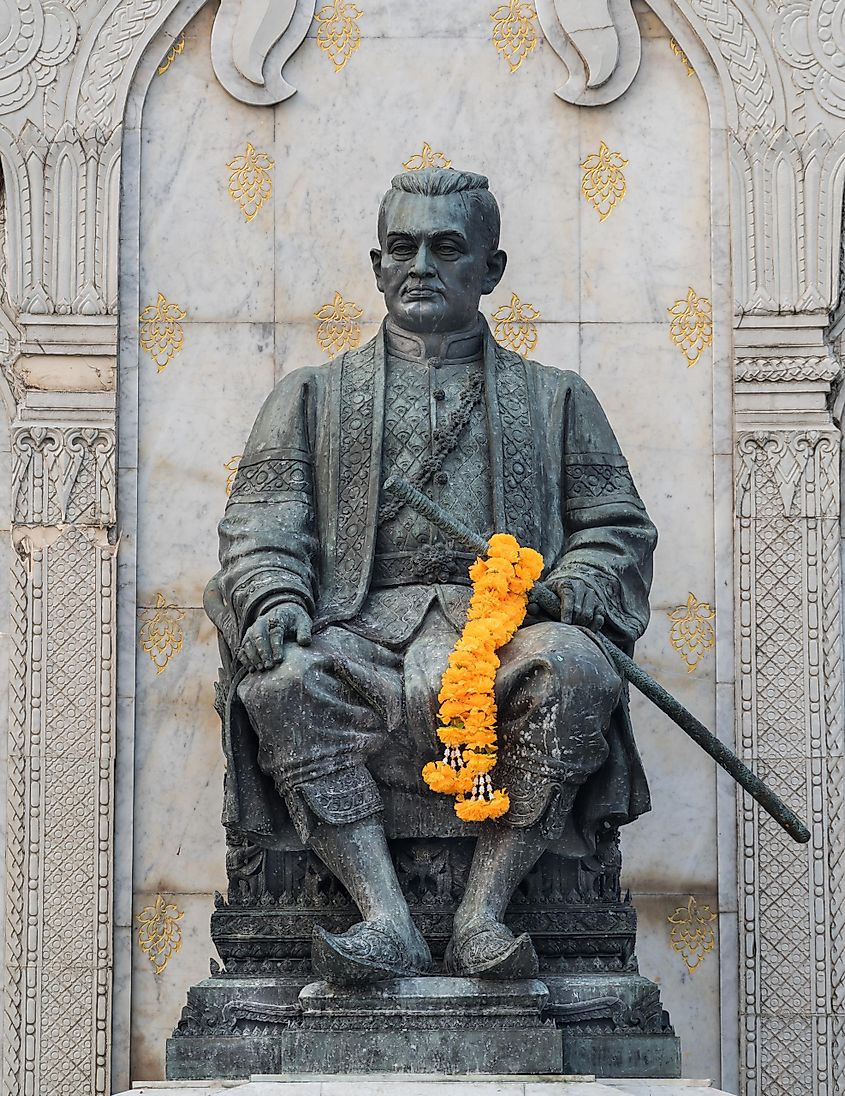
King Rama III was the King of Siam from 1824 to 1851, reigning during a period of significant technological advancements. However, the conservative political class did not encourage the King or the nation to embrace new technology; they desired to maintain conservative practices and customs that were commonplace at the time. This attitude towards technology shows King Rama III's commitment to stability rather than revolution or modernization. His political circle believed firmly in maintaining the nation's traditions and preserving the culture that had existed in Siam for centuries. In the latter half of the 19th century, modernization and structural change to the monarchy were unavoidable under Rama IV and V. Despite that inevitable future, it is notable that the political circle of King Rama III pushed for conservatism over breakneck reform and modernization, as a way to maintain their political power and their cultural values.
Thailand Today
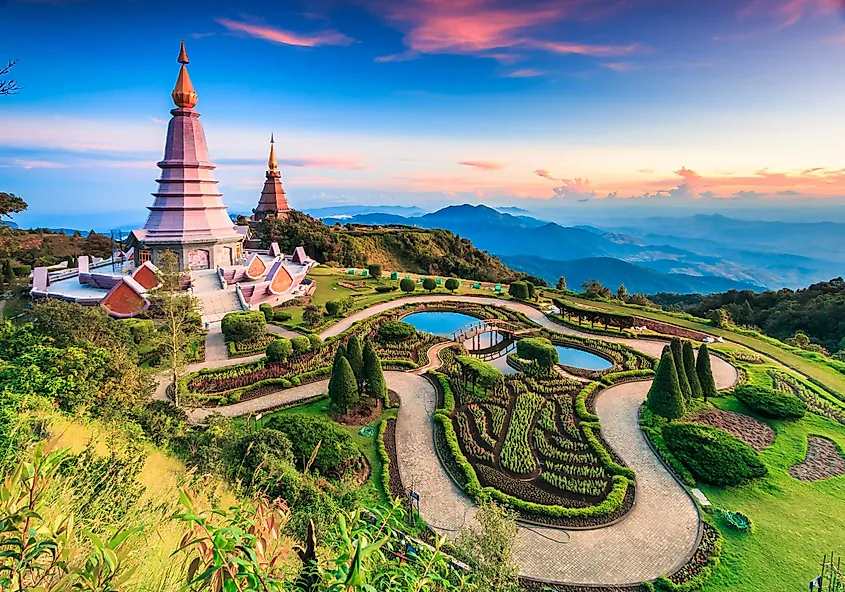
Thailand is an incredibly vibrant country with a unique culture. Over the centuries, it has become rich in artistic expression as well as religious beliefs and traditions; Buddhism is the most dominant religion in the nation, practiced by the majority of its citizens. Modern-day Thai culture is a combination of age-old customs combined with influences from Asian neighbors like India, Laos, and Cambodia, as well as more recently from the United States and Europe. This expansive range of cultures can be seen throughout Thailand, particularly in the south, with its multilingual society and diverse architecture. Additionally, many local festivals celebrated year-round incorporate traditional performances like elaborate dance routines. From its historic temples to its specialized cuisine - much of it still cooked traditionally - Thailand offers a memorable cultural experience for locals and tourists alike.
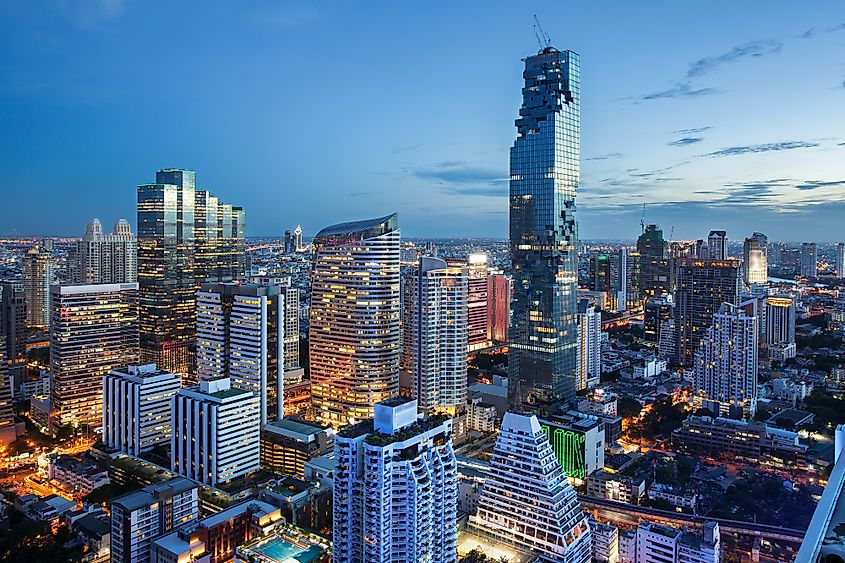
From its days as a powerful Southeast Asian empire to its present status as a thriving nation, the country has come a long way since it first became known as Siam. Though the name change to Thailand had significant political and historical implications, the country still manages to honor its roots while moving forward into a bright future. Regardless of what the name is today, this exceptional Kingdom's remarkable heritage and unique culture will continue to endure for generations to come.
